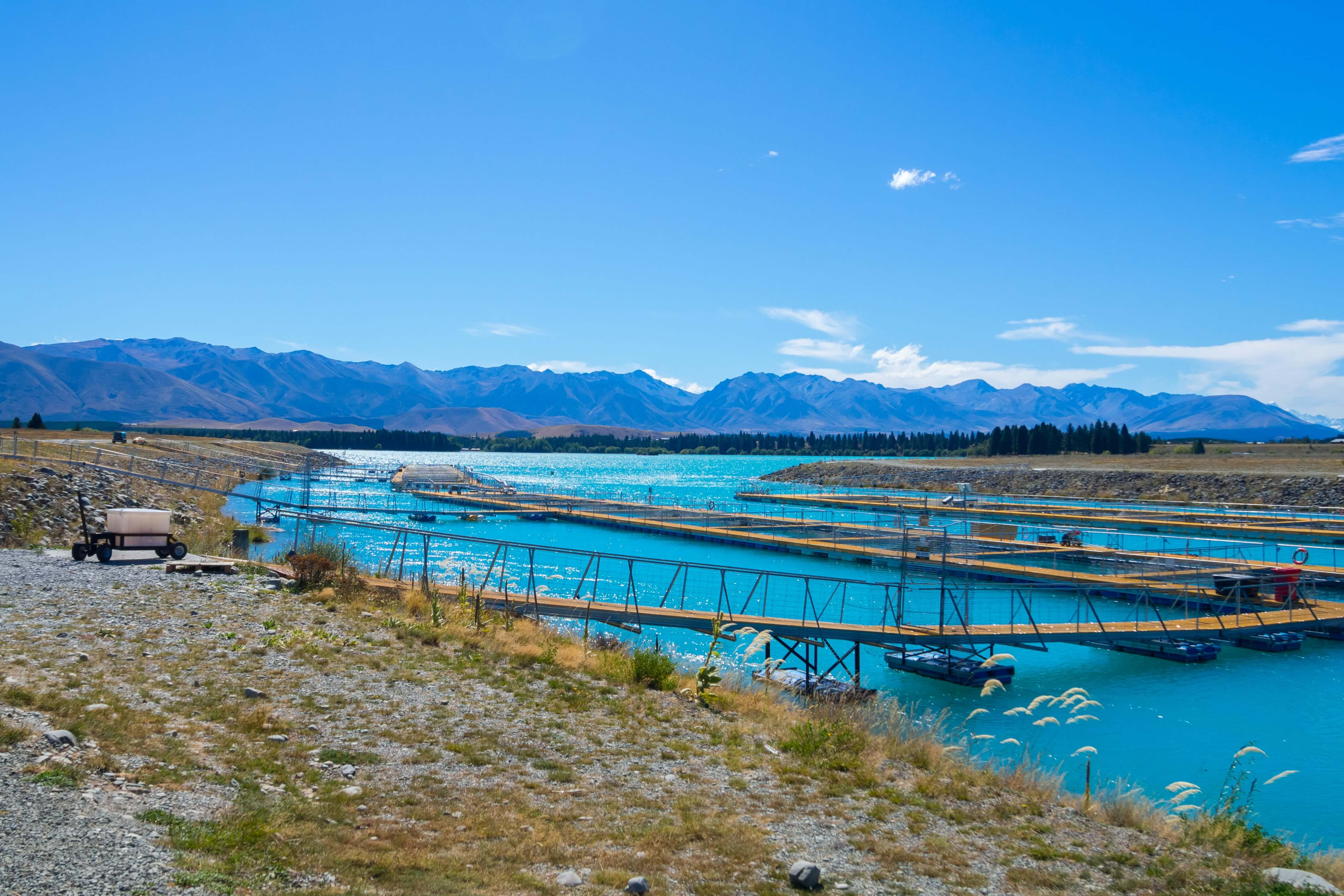You’re here because you’re searching for that hidden weapon. The one secret that will give you a definitive edge over other companies in your line of work.
Behold the RSS feed reader. It’s not flashy. It can, in fact, be a little bit confusing, if you only have memories of them in the early 00s.
But it’s true. An RSS feed reader can make all the difference for your business.
What is an RSS feed reader?

Or maybe you’re not familiar with RSS. Here’s a crash course.
RSS is a protocol, which was developed early in the Internet’s youth as a way for users to have an easy way to access numerous sites simultaneously. Basically, every website and blog would have an RSS feed embedded in their code, which can then be accessed by an RSS feed reader.
Add any feed to your reader and then receive its content as soon as it’s posted. It’s that simple and was the chief way to stay connected and on top of development during the blogging craze.
Is it going to help my business grow?
Yes.
RSS readers have grown by leaps and bounds from where they started. For one, they now support all types of media files and formats, ranging from YouTube to podcasts. You’re able to cast your net wide – excellent for performing monitoring and research.
Not to mention how RSS feed readers have added tools, filters, and integrations that now place them firmly in the category of productivity tools. Depending on which RSS feed reader you have, you are in the perfect position to streamline your company’s journey to success.
How to use it for business?
a. Monitor your brand
To many, monitoring public opinion regarding their brand begins by opening their social media for a quick scroll down mentions and DMs. Maybe retweet something funny. That’s it. Smaller companies are particularly guilty of thinking ‘we’re small, so nobody’s really talking about us.’
It’s a fact many customers share their impressions of a business without tagging the businesses in their discussions unless it’s a direct complaint. Follow the breadcrumbs no matter how infrequent or small they are through RSS. Here’s what you can achieve with Inoreader as your RSS reader:
- Create Google Alerts for important branded keywords and migrate them to Inoreader. This way you get the benefit of Alerts without the ineffective mail delivery.
- Create keyword searches on social media, Twitter for instance, and subscribe to them via Inoreader, so you’re instantly updated when posts mention you.
- Subscribe to important trade sites and set triggers to receive alerts whenever an article pops up that mentions your brand.
b. See what competitors do
The same principles as above apply here. Users can shift their attention easily to direct competitors in a heartbeat with minimal effort. You don’t have to change much in your monitoring approach, but it can also be wise to subscribe to your competitors’ newsletter, website, and social media.
The goal here is to monitor not just what’s said about your competitors, but also keep a close eye on every possible move they make. If you’re a considerably smaller fish in the pond, it’s smart to know when the market leaders are going to make an announcement, release a product or start a new campaign. That way you can time important marketing pushes on your part during the empty slots in their calendar.
Besides, your competitors are live case studies on the viability of campaigns and marketing ideas.
c. Follow influencers and bloggers
I mentioned trade publications above and the importance of checking for coverage of your brand, but there’s also another important category of sources you shouldn’t neglect. I’m talking about influencers and bloggers. These are the people that are somewhere between your target audience and industry systems.
They’re vehicles for promotion with varying degrees of influence. Some showcase what resonates with your ideal customers and others have economic power thanks to the size of their audience. Influencer marketing is still here for the time being and it’s a truly interesting phenomenon as it allows you to see firsthand what connects with your audience.
Influencers and bloggers thrive on their relatability to their followers. RSS feed readers are made for this exact purpose – follow blogs, newsletters, forums, and now a variety of media formats.
d. Discover new topics
RSS readers have made a sharp turn towards assisting their user base in finding relevant material, not just consuming it. After all, will you ever leave your RSS reader, when you keep on finding new and new feeds to explore? However, this functionality is not just created for leisure. It’s perfect for research purposes.
Inoreader has invested a lot into their discovery features. The very thing you encounter when you make your account is the discovery zone. You have several main branches of topics that further divide depending on how narrow your interests run. Each topic and subtopic is populated by the most subscribed-to RSS feeds in the reader’s database.
Furthermore, you have a lot more flexibility in how you explore suggestions thanks to the Sort by Magic feature, while the browser extension simplifies subscriptions to new RSS feeds and grants easy access to recent updates.
e. Learn more about your customers
Really, through the right blend of branded and non-branded keyword monitoring (we touched on both above), you arrive at a fuller, more fleshed-out profile of your ideal customer. You experience your customers in relation to your brand, which is essential in improving the ever-fragile brand-customer relationship. But more importantly, you get to experience them in their own environment. If you follow the current crop of successful influencers, then you know quite a lot.
Where do they hang out online? What’s important to them? How do they talk? What inspires them in their day-to-day life? What needs does your product meet? What motivates them to buy specifically from you? All these are questions you can answer. All from Inoreader’s dashboard.
Read Also:
























